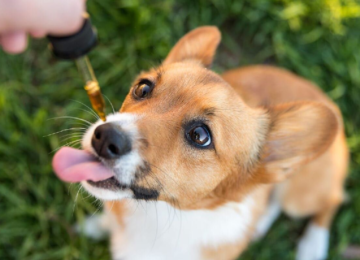Coyotes are often related to the haunting melody of their nocturnal howls. Nevertheless, they possess many characteristics that go far beyond the howl symphony echoing through the wilderness.
To truly appreciate these stealthy and misunderstood nocturnal predators, you must understand the intricacies of their behaviour, adaptability, and their crucial role in maintaining ecological balance.
Family First
Coyotes have a reputation as lone wolves but are often family-oriented animals. Mating pairs work together to raise pups and teach them hunting skills and social cues.
This teamwork extends beyond immediate family – sometimes, the older siblings help care for the younger pups. It showcases a commitment to their young that goes beyond instinct.
Adaptability
Because of its adaptability, a coyote can flourish in diverse habitats, from snowy mountains to bustling cities. Its omnivorous diet allows it to exploit various food sources, from rodents and rabbits to fruits and even garbage. Even their vocalizations reflect this.
In urban environments, their howls are high-pitched and shorter because of adaptation to the city’s noise pollution.
Their dietary and communication flexibility, keen senses, and swift hunting skills make them highly adaptable survivors.
Communication dexterity
Their communication scope includes yelps, barks, whines, and, of course, their iconic howls. These vocalizations aren’t just random noise but convey complex messages about territory, danger, and social bonding within their family.
A lone howl can transform into a chorus because of their ability to mimic each other, creating a haunting concerto at night.
Masters of stealth
Their fur acts as a natural camouflage. Its grizzled brown hues perfectly blend into the surrounding terrain, making them masters of stealth. From stalking prey to avoiding predators, this ability grants them an edge in their ever-changing environment.
Ecological protectors
Coyotes act as natural regulators of various species and maintain a healthy ecological balance. Preying on small species help to control rodent populations, prevent overgrazing and the spread of diseases. This benefits vegetation growth and maintains a delicate balance within the diverse ecosystem.
Their presence can indirectly benefit other species. By keeping the populations of smaller predators, such as foxes and raccoons, in check, coyotes indirectly contribute to the conservation of specific bird species and ground-nesting animals.
This intricate network of interdependence accentuates their importance as ecological protectors.
Misconceptions and Misunderstandings:
Despite their ecological significance –
- In popular culture, its howl is often associated with ill omen. In reality, these vocalizations serve as essential forms of communication and play a crucial role in maintaining their social structure.
- They are a threat to livestock, which is not entirely accurate. While they may occasionally target small domestic animals, instances of large-scale predation are relatively rare.
Coyotes face numerous challenges in the modern world. Habitat loss and persecution put their populations at risk.
Understanding their unique communication system is crucial for conservation efforts.
Conclusion
The coyote’s story goes far beyond the haunting echoes of their howls in the moonlit night. These creatures embody adaptability, social complexity, and ecological significance.
Understanding and coexisting with them involves driving out the ancient myths, appreciating their role in environmental stability and implementing responsible wildlife management practices.











